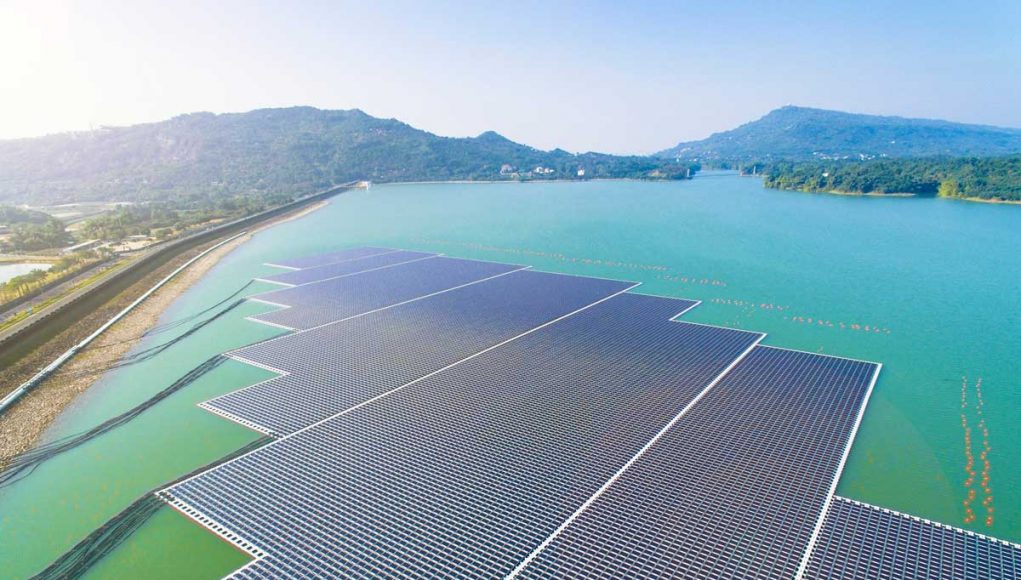Fossil fuels are a limited resource. No matter how much we harm the planet to harvest and burn them, eventually, they’ll run out. But while they’re confined to a single space on the planet, there’s one resource we have in abundance – water.
The problem is that hydroelectric technology isn’t reliable enough to satisfy our energy needs on a regular basis; however, water can still contribute to the planet’s clean energy goals as a means of space to host energy producers like solar panels.
Which brings us to Singapore, a country with very little space to build wind or solar farms. They do, however, have plenty of water.
In an attempt to reduce its carbon footprint, Singapore’s water agency is seeking proposals for the construction of the world’s largest floating solar farm in the Tengeh Reservoir.
Masagos Zulkifli, the country’s Environment and Water Resources Minister, announced the bid in an attempt to bring together corporate leaders and legislators to make the solar vision a reality.
“It is clear that the status quo in the way we consume our resources and grow our economy is not sustainable,” Masagos said. “The impact of climate change respects no geographical or national boundaries.”
The sun is the world’s most consistent and plentiful energy resource, but solar panels take up space. With the creation of floating solar farms, countries like Singapore are doubling-down on the creative innovation needed to use the sun for free and sustainable resource it is.
Now that floating solar is a reality, other nations with little space can maximize their energy efficiency.
Article Sources:

























